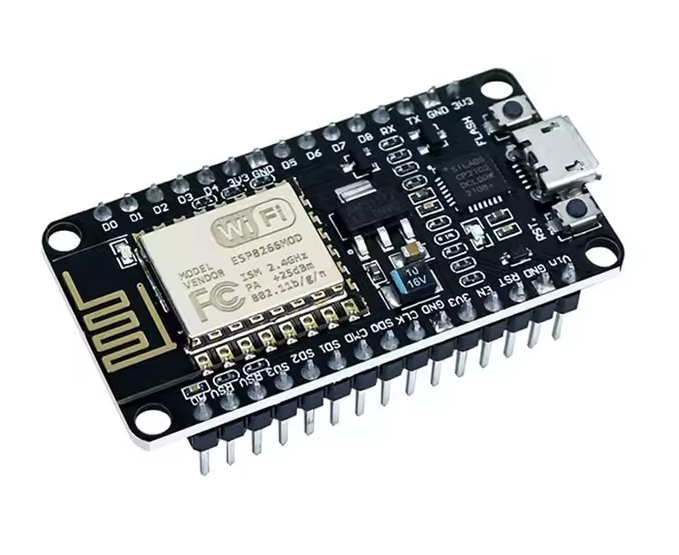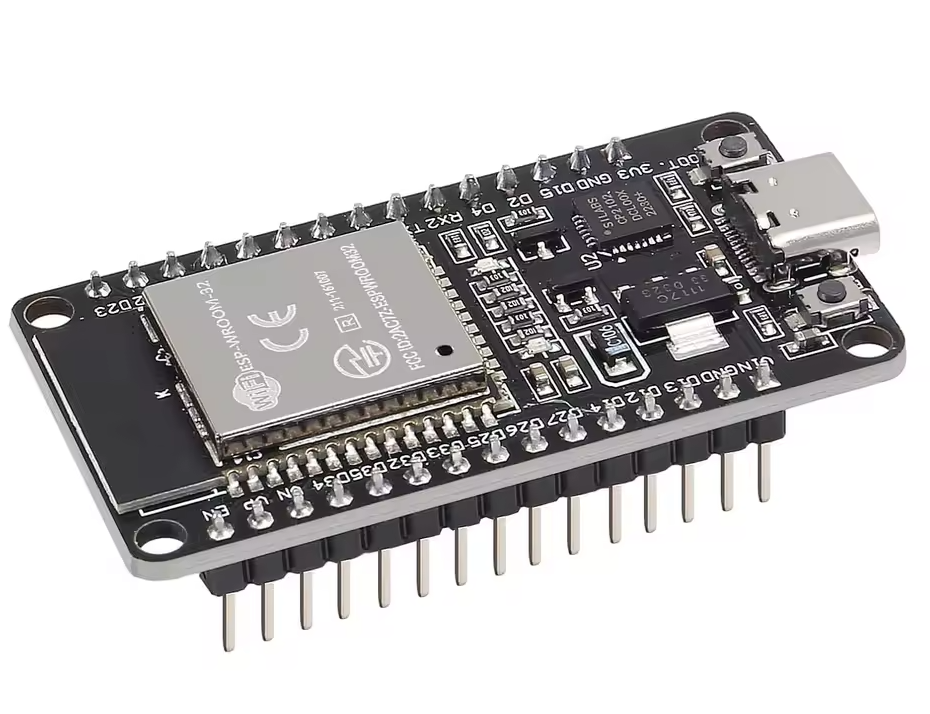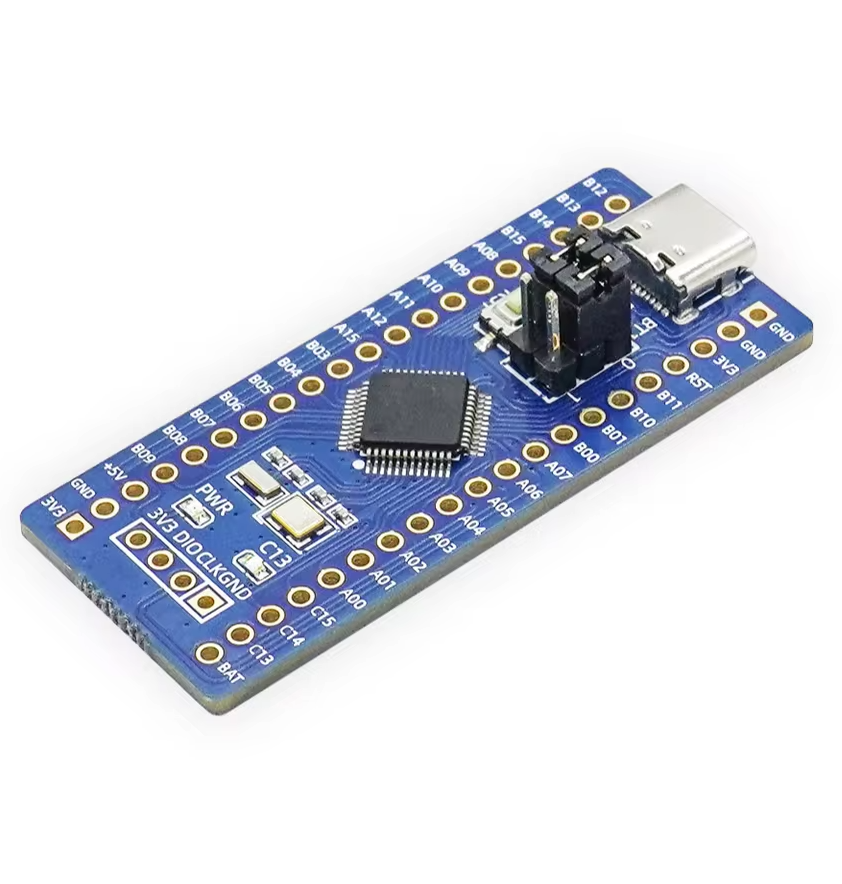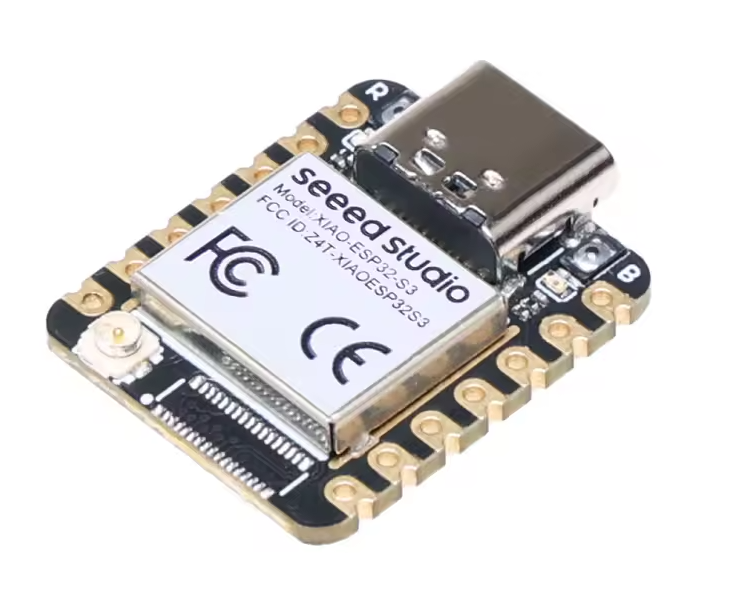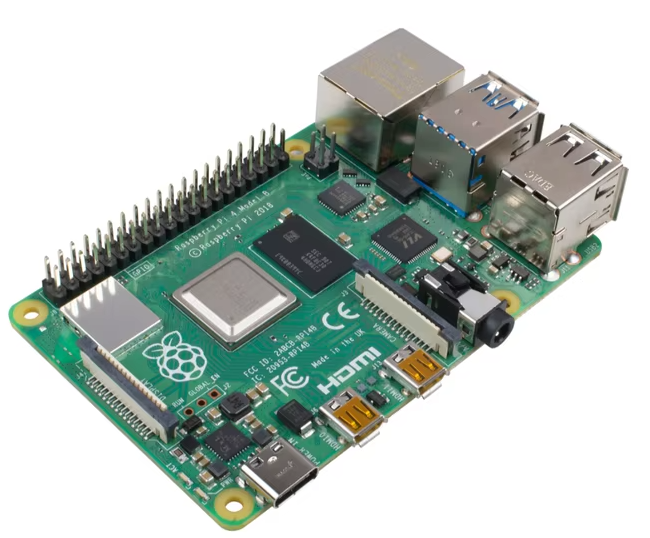Exploring and using Arduino board alternatives is a smart move for anyone interested in electronics, robotics, or embedded systems. While Arduino is beginner-friendly and widely supported, other microcontroller boards often offer better performance, more features, and lower prices. Learning to use these alternatives expands your skills and allows you to choose the right tool for each project instead of relying on a single platform.
One major reason to explore alternatives is cost efficiency. Boards like the ESP8266, ESP32, or STM32 can deliver higher processing power and built-in WiFi or Bluetooth at a fraction of the cost of an Arduino. This makes them ideal for IoT, automation, and sensor-based projects that require connectivity and speed.
Another advantage is versatility. Each board has unique features — some are optimized for wireless communication, others for power efficiency or advanced peripherals. By experimenting with different boards, you can design smarter, faster, and more specialized systems.
Finally, using alternatives improves your engineering adaptability. The more platforms you understand, the better equipped you are to tackle complex hardware challenges. In short, exploring Arduino alternatives helps you save money, expand your technical expertise, and build more powerful and innovative electronic projects.
What are the 5 Best Arduino Alternatives?
1. ESP8266
The ESP8266 is one of the most affordable and versatile microcontrollers available today, making it an excellent choice for anyone interested in electronics, automation, or the Internet of Things (IoT). You need to start using the ESP8266 because it combines low cost, built-in WiFi, and strong performance, all in a compact module that’s easy to program and integrate into projects.
Unlike many basic microcontrollers, the ESP8266 allows your projects to connect directly to the internet without extra hardware. This means you can create smart devices—such as home automation systems, weather stations, or remote sensors—that send and receive data online. It’s a powerful way to bring intelligence and connectivity to your electronics.
Another reason to use the ESP8266 is its wide community support. There are countless tutorials, libraries, and forums available, making it easy for beginners to get started. You can even program it directly through the Arduino IDE, so there’s no need to learn a completely new environment.
In short, the ESP8266 is fast, affordable, and highly capable. It opens the door to endless IoT and wireless possibilities while keeping development simple and cost-effective—making it a must-have tool for modern engineers, makers, and hobbyists.
2. ESP32
The ESP32 is one of the most powerful and cost-effective microcontrollers available today, making it an essential tool for modern engineers, hobbyists, and IoT developers. You need to start using the ESP32 because it offers high performance, built-in connectivity, and advanced features—all at a remarkably low price.
Unlike traditional microcontrollers, the ESP32 comes with dual-core processing, WiFi, and Bluetooth built in. This makes it perfect for smart devices, automation systems, and wireless communication projects. Whether you’re creating a home automation network, a smart sensor, or a portable device, the ESP32 can handle complex tasks with speed and efficiency.
Another reason to use the ESP32 is its flexibility and wide ecosystem. It supports multiple programming platforms, including the Arduino IDE, MicroPython, and ESP-IDF, allowing you to choose the workflow that fits your skills. With a large global community, there are endless tutorials, libraries, and project examples to help you get started quickly.
Additionally, the ESP32 is energy-efficient, making it ideal for battery-powered or portable projects. In short, using the ESP32 helps you build smarter, faster, and more connected systems while keeping costs low—an essential advantage for engineers and makers in today’s connected world.
3. STM32F103C8T6
The STM32F103C8T6, commonly known as the Blue Pill, is one of the most powerful and affordable 32-bit microcontroller boards available today. You need to start using it because it offers an excellent balance between performance, versatility, and cost, making it ideal for students, engineers, and hobbyists who want to go beyond basic Arduino-level projects.
Powered by an ARM Cortex-M3 processor, the STM32F103C8T6 delivers much higher processing speed and efficiency than typical 8-bit microcontrollers. This means it can handle more complex computations, real-time data processing, and advanced control systems with ease. It’s perfect for applications such as robotics, motor control, embedded systems, and industrial automation.
Another strong reason to use the STM32F103C8T6 is its rich set of peripherals—including multiple UARTs, SPI, I2C, timers, and analog-to-digital converters—all packed into a small and affordable board. Despite its advanced features, it can still be programmed using familiar environments like the Arduino IDE or STM32CubeIDE.
In addition, it has an active global community, providing libraries, tutorials, and support for beginners. In short, the STM32F103C8T6 gives you professional-level microcontroller performance at a hobbyist-friendly price, helping you learn, experiment, and build more powerful and efficient embedded projects.
4. Seeeduino
The Seeeduino is an excellent alternative to traditional Arduino boards, offering greater flexibility, affordability, and compatibility for both beginners and advanced makers. You need to start using Seeeduino because it provides all the benefits of the Arduino ecosystem while adding extra features that make development faster and more efficient.
One of the main reasons to choose Seeeduino is its full compatibility with Arduino hardware and software. You can program it using the Arduino IDE and use the same shields, libraries, and sensors you already know. This makes the transition effortless while giving you access to additional enhancements like better power management, smaller form factors, and extra connectivity options.
Another advantage is that Seeeduino boards are more cost-effective than many official Arduino models, making them perfect for students, educators, and developers working on multiple prototypes. Seeed Studio also offers different versions of Seeeduino tailored for various needs, including USB-C connectivity and Grove sensor ports for quick plug-and-play integration.
Additionally, the Seeeduino community provides excellent documentation and technical support. In short, Seeeduino helps you save money, build faster, and experiment more creatively—making it a smart and practical choice for anyone serious about electronics, IoT, or embedded systems development.
5. Raspberry Pi 4
The Raspberry Pi Pico is one of the most affordable and versatile microcontroller boards available, making it an ideal choice for beginners, students, and engineers alike. You need to start using the Raspberry Pi Pico because it combines high performance, flexibility, and low cost in a compact and easy-to-use design.
Powered by the RP2040 dual-core ARM Cortex-M0+ processor, the Pico offers impressive processing power and efficiency for its size. It’s perfect for a wide range of applications — from robotics and automation to data logging and sensor control. Despite its powerful capabilities, it remains beginner-friendly, allowing you to program it using MicroPython, C/C++, or even the Arduino IDE.
One of the biggest advantages of the Raspberry Pi Pico is its low energy consumption, making it ideal for battery-powered or portable projects. It also includes multiple I/O pins, SPI, I2C, UART, and PWM support, giving you full control over connected devices and sensors.
Additionally, the Raspberry Pi community provides extensive tutorials and support, helping you learn quickly and solve problems easily. In short, the Raspberry Pi Pico offers professional-grade performance at an incredibly low price — making it the perfect board to explore, experiment, and innovate in embedded electronics.





